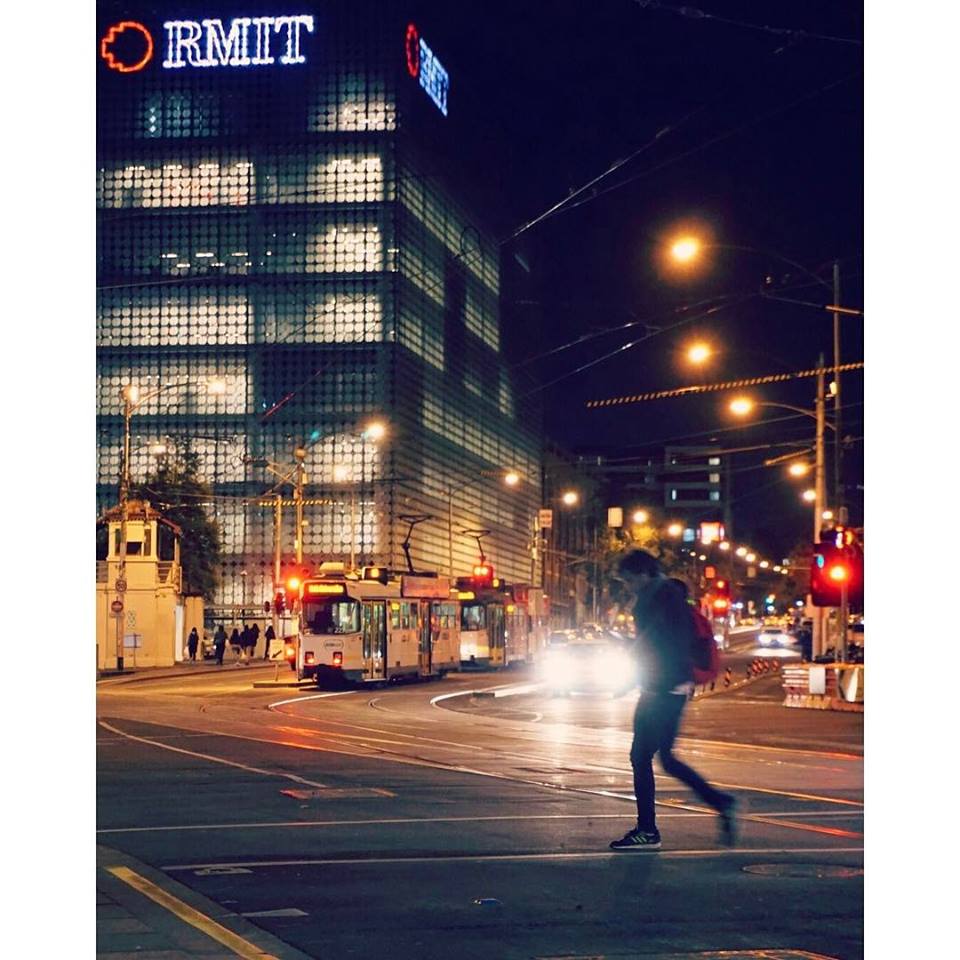By Claudia Long | @ClaudiaLongsays
Image | RMIT Facebook page
RMIT University has managed to reduce its carbon emissions for the first time in two years as water usage around campus has increased.
According to the university’s most recent annual report, released in mid-February 2017, emissions fell from 64,798 tonnes in 2015 to 55,917 in 2016.
The drop comes after a steady increase in emissions over four years from 2009 to 2013 of 61,414 tonnes to 65,192 and after another increase in 2015 up to 64,798 tonnes from 2014’s 64,402.
As emissions have been on the decline, water usage has gone up to 5.3 kilo-litres (kL) per equivalent full-time study load in 2016 from 5.2kL in 2015.
Like emissions, water usage had been steadily increasing at RMIT University between 2011 and 2014 with water use going up from 4.7kL to 5.8kL.
Despite these increases in water usage and a pattern of rising carbon emissions prior to 2016, the university has made significant progress on its emissions reduction target.
Since 2007, RMIT has seen a reduction in emissions of 29.3% amounting to 23,207 tonnes.
2016 also saw the university offset 13’000 tonnes of carbon emissions as rollout of a number of green projects begun including the Sustainable Urban Precincts Program (SUPP) which aimed to “cut energy, water use and carbon emissions through sustainable design and innovation” according to the 2016 annual sustainability report.


